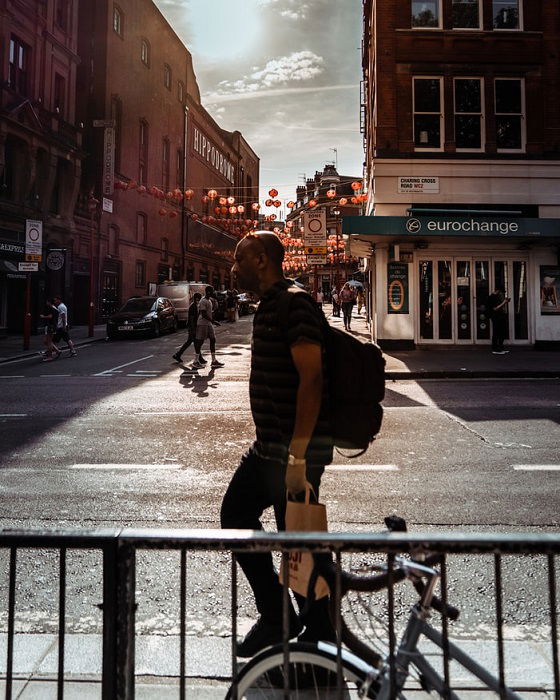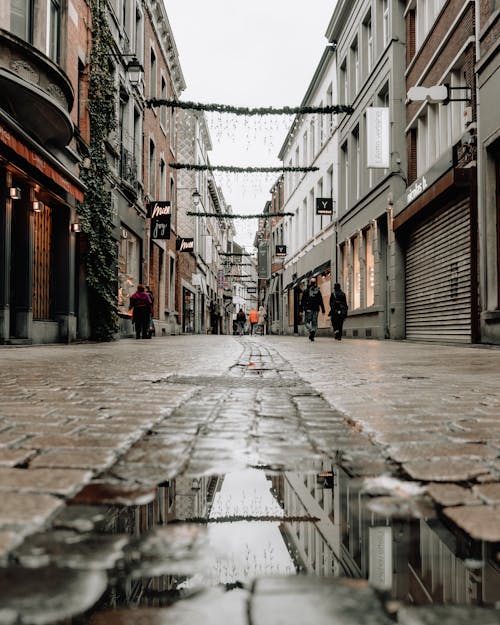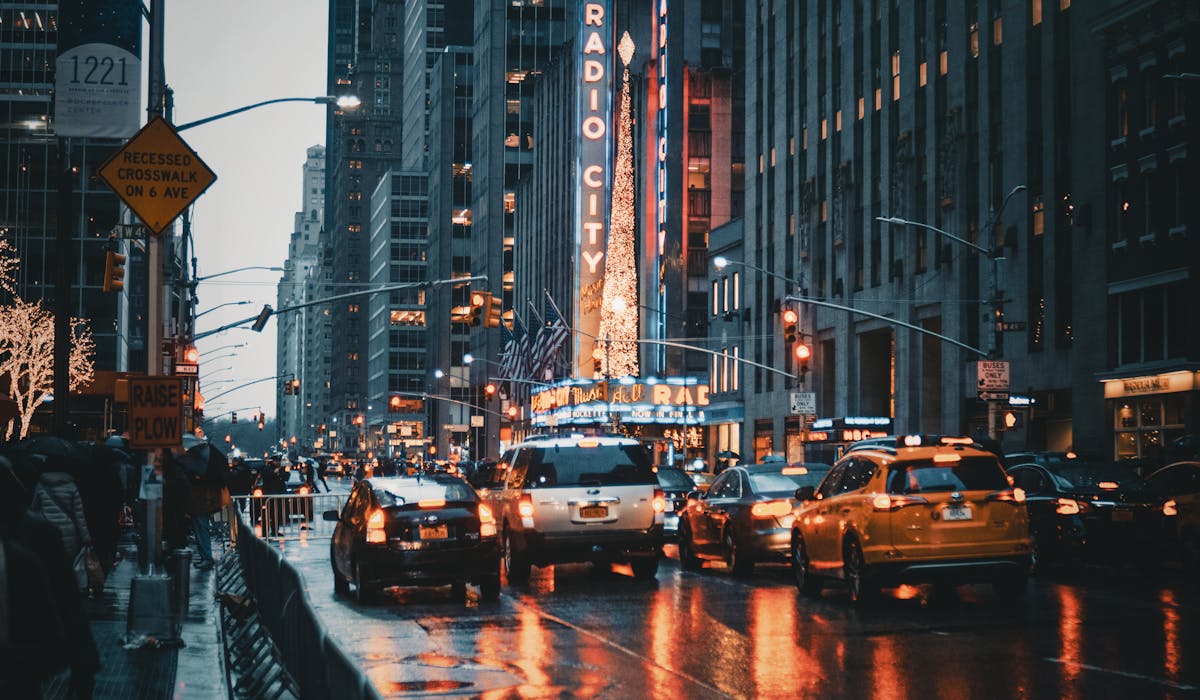The Best Guide To Framing Streets
Wiki Article
Not known Details About Framing Streets
Table of Contents8 Simple Techniques For Framing StreetsIndicators on Framing Streets You Should KnowOur Framing Streets PDFsSome Known Facts About Framing Streets.Framing Streets Can Be Fun For EveryoneHow Framing Streets can Save You Time, Stress, and Money.
Photography category "Crufts Pet Program 1968" by Tony Ray-Jones Street digital photography (likewise occasionally called honest digital photography) is photography performed for art or query that features unmediated opportunity encounters and random events within public areas, usually with the objective of capturing photos at a decisive or touching minute by careful framing and timing. 
, that was influenced to embark on a comparable paperwork of New York City. As the city developed, Atget aided to promote Parisian roads as a deserving topic for digital photography.

Get This Report about Framing Streets
Martin is the very first videotaped professional photographer to do so in London with a masked electronic camera. Mass-Observation was a social research study organisation established in 1937 which intended to tape-record everyday life in Britain and to tape-record the reactions of the 'man-in-the-street' to King Edward VIII's abdication in 1936 to marry separation Wallis Simpson, and the succession of George VI. The chief Mass-Observationists were anthropologist Tom Harrisson in Bolton and poet Charles Madge in London, and their initial record was generated as guide "May the Twelfth: Mass-Observation Day-Surveys 1937 by over 2 hundred observers" [] Home window cleaner at Kottbusser Tor, Berlin, by Elsa Thiemann c. 1946 The post-war French Humanist Institution professional photographers discovered their subjects on the street or in the restaurant. Between 1946 and 1957 Le Groupe des XV each year displayed job of this kind. Andre Kertesz. Circus, Budapest, 19 May 1920 Street digital photography created the significant material of 2 exhibitions at the Museum of Modern Art (Mo, MA) in New york city curated by Edward Steichen, 5 French Professional Photographers: Brassai; Cartier-Bresson, Doisneau, Ronis, Izis in 1951 to 1952, and Post-war European Photography in 1953, which exported the concept of street photography internationally.
Getting The Framing Streets To Work
The recording machine was why not check here 'a concealed cam', a 35 mm Contax hidden beneath his coat, that was 'strapped to the chest and linked to a long cable strung down the right sleeve'. Nevertheless, his work had little modern effect as due to Evans' sensitivities regarding the originality of his task and the privacy of his subjects, it was not published until 1966, in the book Lots of Are Called, with an introduction created by James Agee in 1940.Helen Levitt, then an educator of young kids, connected with Evans in 193839. She documented the temporal chalk illustrations - copyright a7iv that were part of youngsters's street society in New york city at the time, along with the children who made them. In July 1939, Mo, MA's new digital photography area included Levitt's operate in its inaugural exhibitRobert Frank's 1958 publication,, was substantial; raw and frequently indistinct, Frank's photos examined traditional photography of the moment, "challenged all the formal regulations put down by Henri Cartier-Bresson and Walker Evans" and "flew in the face of the wholesome pictorialism and genuine photojournalism of American publications like LIFE and Time".
Report this wiki page